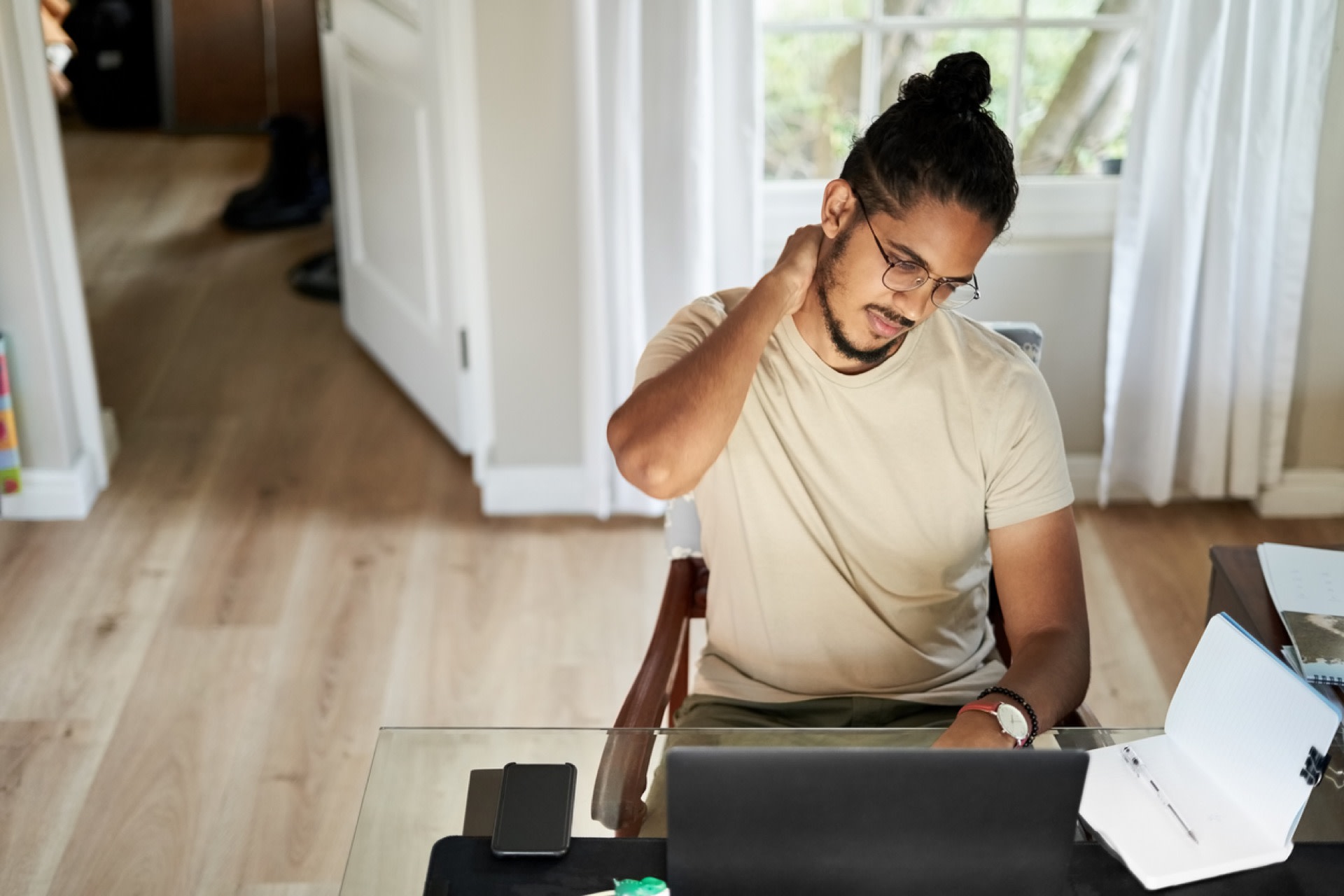Nudos musculares en el cuello: consejos del fisioterapeuta para sentirse mejor
Aprende a deshacerte de los nudos musculares del cuello con los ejercicios y estiramientos de los fisioterapeutas.
$0 costo para usted
Última actualización: Mar 28, 2025
El índice
Fully covered neck pain relief
Find relief from neck pain, a pinched nerve, tech neck, & more.
Check if I'm eligibleStretches and exercises for knots in the neck
¿Quieres atención de expertos? Consulta si estás cubierto por nuestro programa gratuito →- Abdominoplastia supina
- Estiramiento de rotación de la espalda
- Enhebrar la aguja
